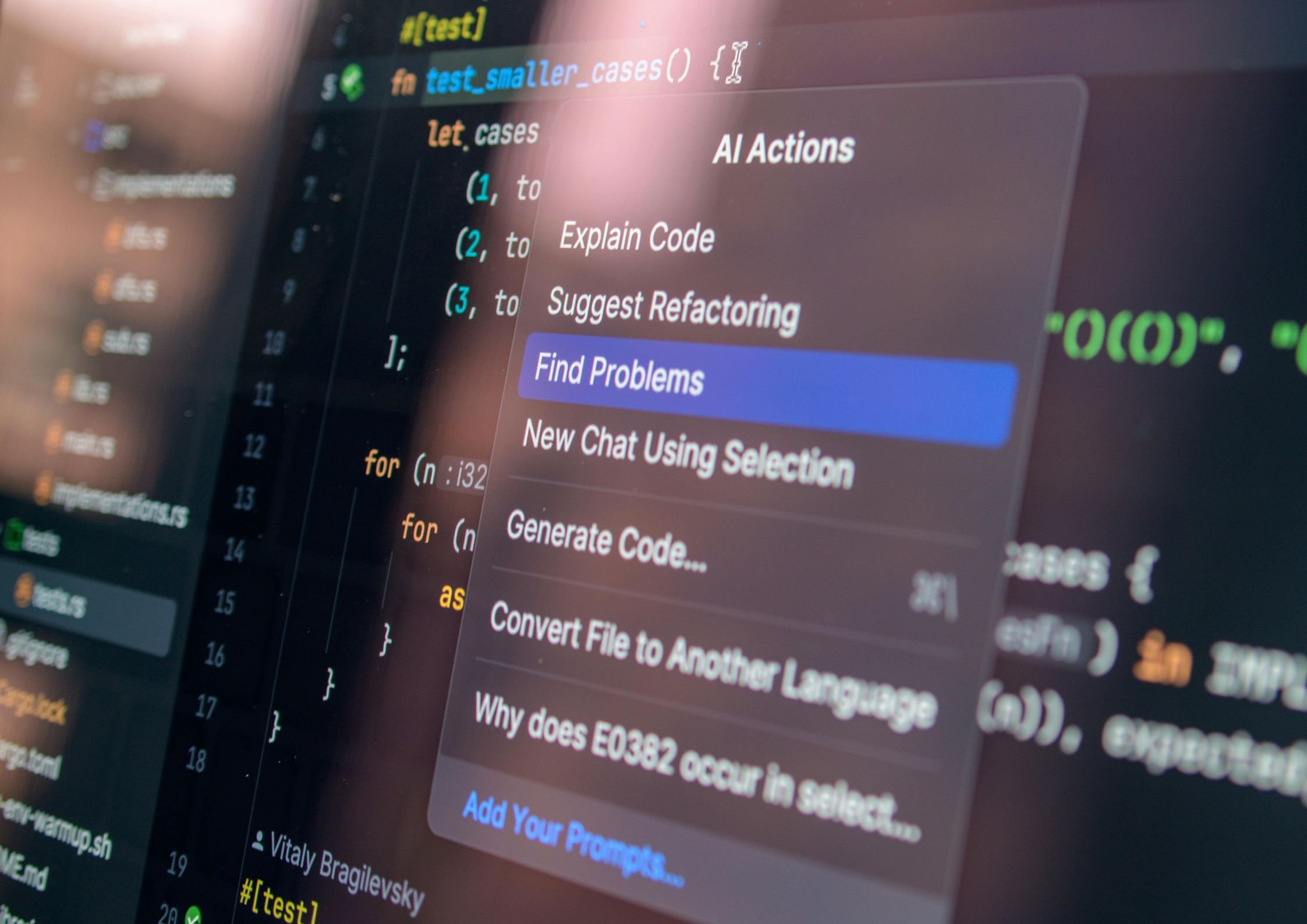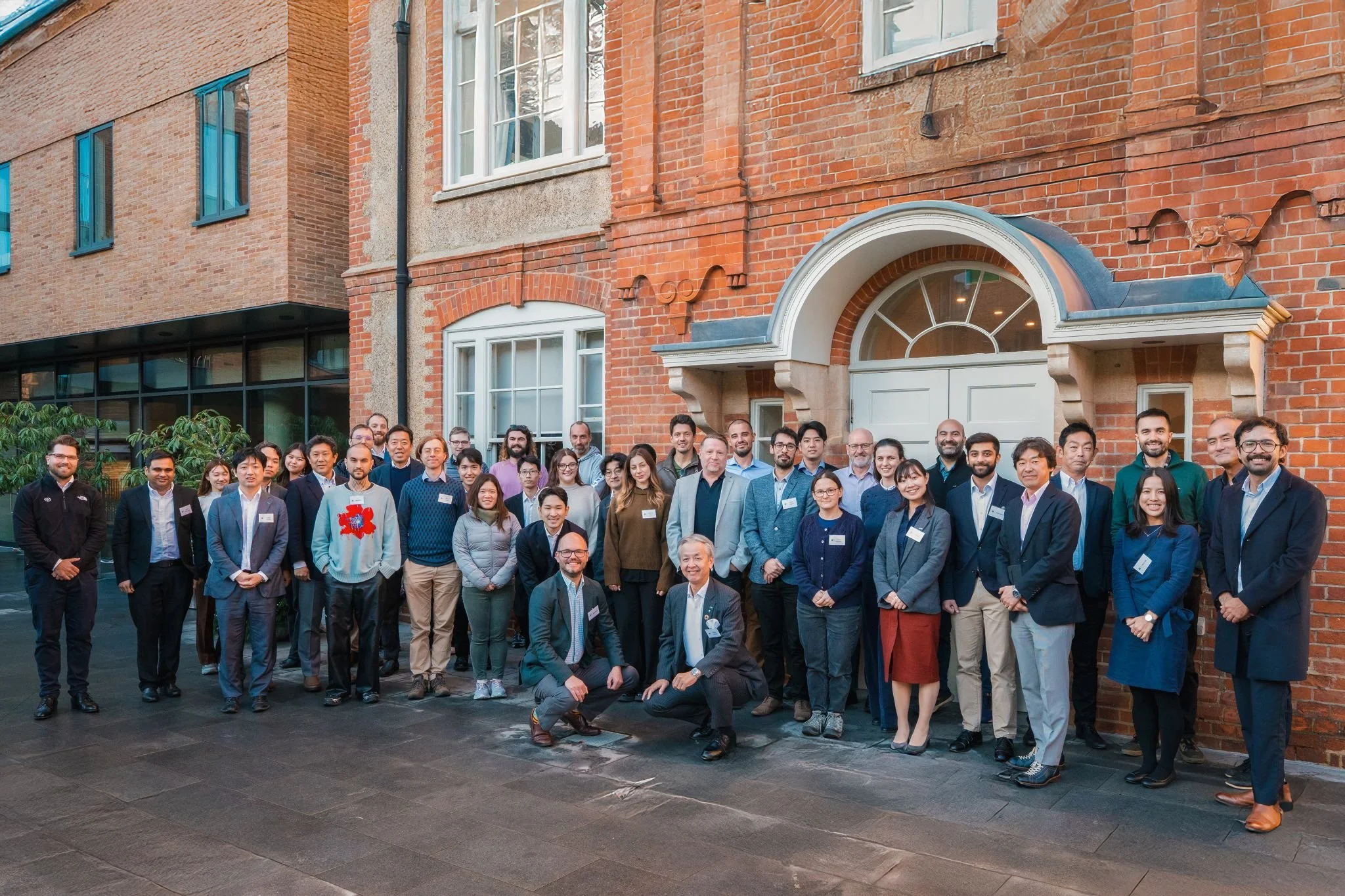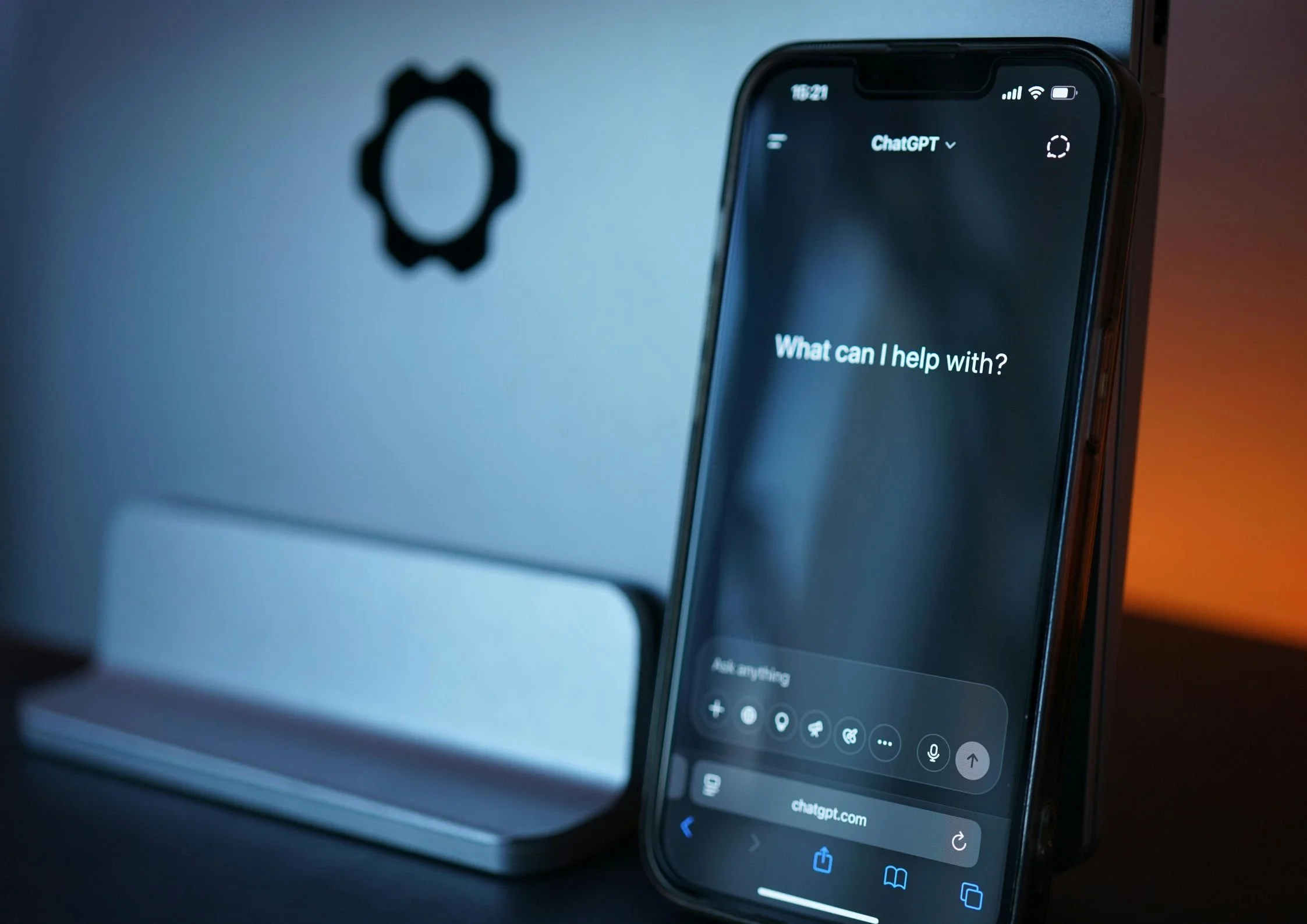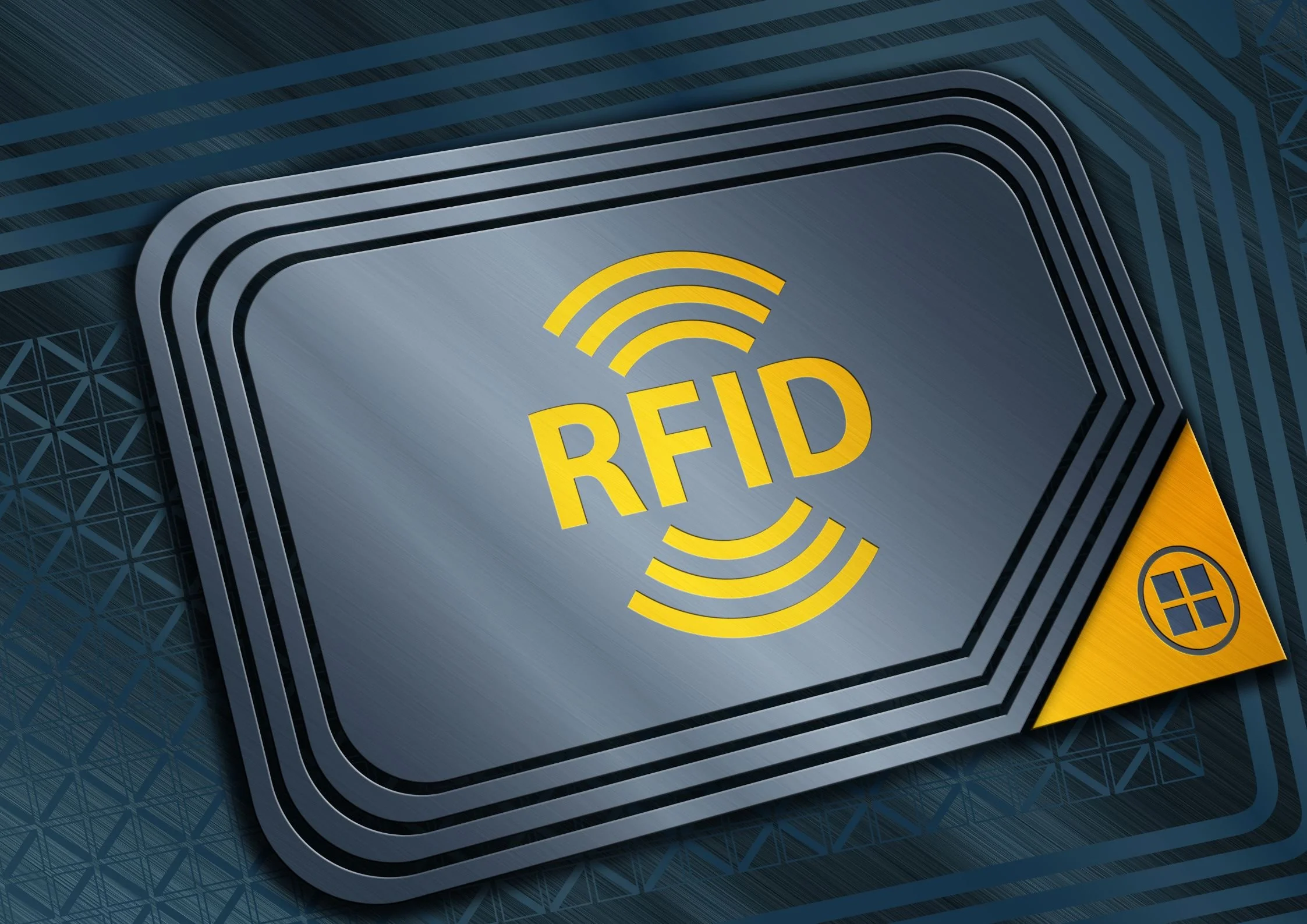No More Marking unveils free AI-enhanced history assessment tool for schools
New tool from No More Marking uses AI to deliver efficient essay marking, personalized feedback, and insights into narrative and analytical writing balance.
No More Marking, a UK-based EdTech company specializing in comparative judgment for writing assessments, has unveiled a new AI-enhanced history tool that combines efficient grading with detailed, personalized feedback for students.
The launch was announced by Daisy Christodoulou, Director of Education at the company, in a LinkedIn post describing it as “efficient marking, personalised feedback, and insights on the relationship between narrative & analysis.”
The tool, designed to be freely available to schools, also provides comparative insights by helping teachers understand how students balance narrative and analytical elements in historical writing.
The EdTech provider has launched their first AI-powered history writing assessment, CJ History, targeting Year 7 students across the UK. The assessment asks students to respond to the question, “Why did William win the Battle of Hastings?” and is designed to combine the speed and efficiency of artificial intelligence with the holistic evaluation approach of Comparative Judgment (CJ).
What is comparative judgment?
No More Marking works with over 2,000 schools in the UK, US, and Australia through its comparative judgment system, a method that asks teachers to judge one piece of student writing against another rather than assigning absolute scores. The system, used to assess more than one million pieces of student writing, is now expanding its capabilities through AI.
The company has been exploring the use of large language models (LLMs) to assist in assessment. While previous research highlighted limitations in relying solely on LLMs for grading, the new tool focuses on generating written feedback that complements human judgment rather than replacing it.
Rethinking history assessment
Christodoulou elaborates further in a recent Substack post, emphasizing how traditional tick-box mark schemes can limit meaningful assessment, especially in history and literature.
“Comparative Judgment lets you respond to each piece holistically, without getting bogged down in very pedantic and tick-box mark schemes,” she writes. “I think these kinds of mark schemes have had a particularly debilitating effect on history and literature assessments.”
CJ History is intended to challenge that model. Teachers will judge student work holistically rather than using rigid criteria, and the assessment will explore how narrative and analytical thinking interrelate, an issue Christodoulou says has long been under-addressed in traditional assessments.
While CJ has already been used to assess nearly 3 million pieces of student writing, primarily in English, its expansion into history has previously been limited by the availability of qualified history teachers. The addition of AI judges, however, could be a potential game-changer. No More Marking estimates that using AI could reportedly reduce judging time by 90%, while still maintaining quality.





















